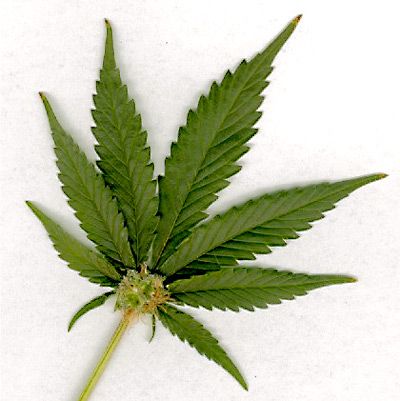
In the early 1900’s as the “temperance movement” swept the country, drugs came under fire as the move to prohibit alcohol use grew. Freedoms that had existed for people were under attack and resulted in arrest and incarceration. The first anti-drug law was made in 1875 in San Francisco against the use of opium. Prior to the Civil War, morphine and opium derivatives were used to treat pain; however, due to the severe racism that many felt towards Chinese immigrants this drug became illegal for Chinese people. The affects of racism against the black man caused cocaine to be criminalized for the black population. In 1905, the United States set a record for most lynching of a black man (105 lynching) supposedly because of this drug. Newspapers actually referred to the black people as “Negro Cocaine Fiends” and “Cocainized Niggers.” The banning of opiates and cocaine to the masses came about in 1914 with the Harrlson Act. In 1937, the Marijuana Stamp Act banned the use of marijuana; it was created to repress the Hispanic immigrants. The American Medical Association (AMA) was opposed to this law; however, the speaker for the AMA lied on the floor in Congress and said that they were in favor of the law to help pass it. From that time drug policy has continued to ban drugs. However, during World War II, the government allowed farmers to grow hemp (marijuana-related plant). All drugs have remained illegal since the prohibition. When the government took back the prohibition on alcohol, they forgot to take the prohibtion on drugs back.
Self Quiz: Who was each law made for?
Related Sites